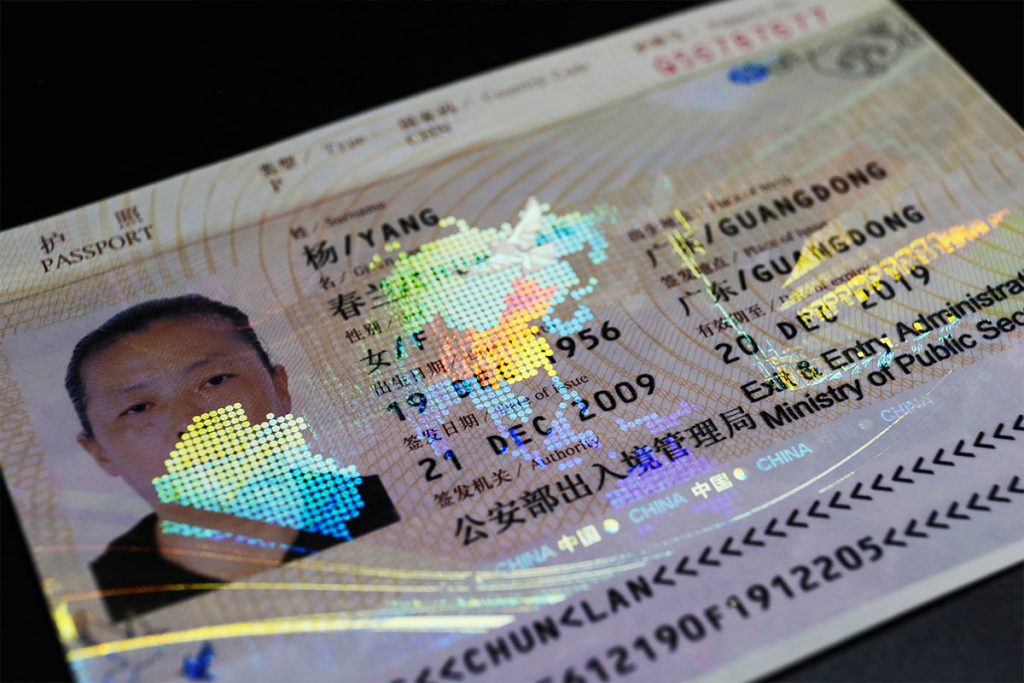
The security of important documents has become more of a priority, especially in an increasingly digital world. Document forgery and fraud are on the rise and it poses significant threats to various sectors.
Why? Because the barrier to committing forgery is getting lower and criminals today have wide access to editing tools that makes it even easier now to push the boundaries of document manipulation.
To combat these issues, document authentication has emerged as a crucial line of defense. It is essentially a form of access control but specifically for documents.
Document authentication involves the process of verifying the legitimacy of a document, including its origin, contents, and signatures. Traditionally, this task has been labour-intensive and prone to human error. However, advancements in AI have paved the way for more efficient, accurate, and automated methods of document authentication.
What Is Document Authentication?
Document authentication is the process of authenticating a document to ensure that it is accurate, genuine, and appropriate for its intended purpose. This process is not specific to just identification documents, but it also covers other personal documents such as a birth certificate, marriage certificate, death certificate, or any form of corporate documents.
In the past, document authentication was done manually; however, the advent of digital technologies has revolutionised this field. Automated systems and sophisticated algorithms now play a pivotal role in verifying the authenticity of documents quickly and accurately.
These documents often hold personal, sensitive, and confidential information, making them prime targets for identity theft, forgery, and fraud. Hence, document authentication is a crucial process in fortifying security measures and maintaining the integrity of official records by ensuring that only certified copies of a legal document passes through the pipeline.
Ensuring that ID documents are certified copies is of great importance because they serve as the bedrock of trust in various sectors — from financial transactions to employment and access to essential services. It is an effective authentication method to verify a range of documents including a legal document, business documents, corporate documents, and even personal documents such as marriage certificates.
How Does Document Authentication Work?

Document authentication works through a series of validation checks that scan the original document to determine its authenticity while comparing it with information stored in a database. A series of processes are conducted through the authentication system to determine whether a document is genuine.
- Factors such as photo IDs, stamps, watermarks, QR codes, and fonts are scrutinised for their authenticity. The process also checks that an official document is up to date and that they are still valid and contain the most recently updated and correct information.
- Cropping and edge detection to detect mismatches in images, color integrity, front-to-back data correlation, and cross-checks against a vast database of global IDs.
- For written documents, it matches fonts, wording content, stamps, holograms, watermarks, signatures, and cross-checks against an extensive database to detect plagiarised content. To enable machine learning to conduct these verifications, the AI must learn the standard appearance of documents and their corresponding security features.
- The contents of the source document will greatly influence the outcome of the document analysis. For instance, a person is required to take and upload a selfie when confirming a photo as a real ID. The software then compares the selfie to the submitted photo, using facial recognition and selfie liveness checks to determine their authenticity.
Technologies Involved In Document Authentication:
OCR (optical character recognition) is used to convert an image of text on a scanned electronic document into a machine-readable text format. It saves time by processing large volumes of paperwork and user credentials into a single format while also eliminating the space needed to store physical documents.
MRZ (machine-readable zone) is a section within an identity document (specifically passports) that contains the holder’s personal data. Almost every country’s official travel or identity documents contain a piece of encoded confidential information. MRZ-based documents are referred to as Machine-readable documents because only a machine can read the data they contain.
Physical Security Features

One of the primary methods employed in document authentication involves the integration of physical security features during the document’s creation or printing process. These visual cues make it easier for individuals and authorities to distinguish between genuine documents and counterfeits. Common physical security features include:
a) Watermarks: Embedded designs or patterns on the document’s surface that become visible when held up to the light.
b) Holograms: Three-dimensional images that are challenging to reproduce and can be seen from different angles.
c) Special Inks: Use of inks that change color or reveal hidden information when subjected to specific conditions like UV light.
d) Microprinting: Tiny text or symbols that are difficult to replicate using standard printing methods.
Digital Signatures
A digital signature is a cryptographic technique that binds the signer’s identity with the document. A private key, known only to the signer, is generated from this signature, and is used to encrypt a document.
The encrypted data, along with the signer’s public key, can be decrypted by anyone with access to the corresponding public key. If the decrypted data matches the document’s content, it confirms that the authenticated document has not been altered since it was digitally signed.
QR Codes and Barcodes

QR codes and barcodes are commonly used on identity documents, public documents, tickets, and product labels to prevent counterfeiting and ensure traceability.
These codes contain encoded information that can be scanned by compatible devices or software. When scanned, the system can cross-reference the information with a secure database to verify the document’s authenticity.
Database Verification

Many official documents are linked to centralised databases managed by issuing authorities.
The verifier can cross-check the document’s information with the data stored in the database when a document needs to be authenticated. This process ensures that the document is not only a certified copy but also issued by the authorised party and is currently valid.
Bottom Line
Document authentication is an essential process to maintain the integrity of official and personal documents by combatting the rising tide of fraud and forgery. The combination of physical security features, digital signatures, QR codes, biometric verification, and database cross-checks creates a robust and multifaceted approach to document authentication.
As technology continues to advance, we can expect further innovations and improvements in document authentication methods, ensuring a safer and more reliable future for document verification.




